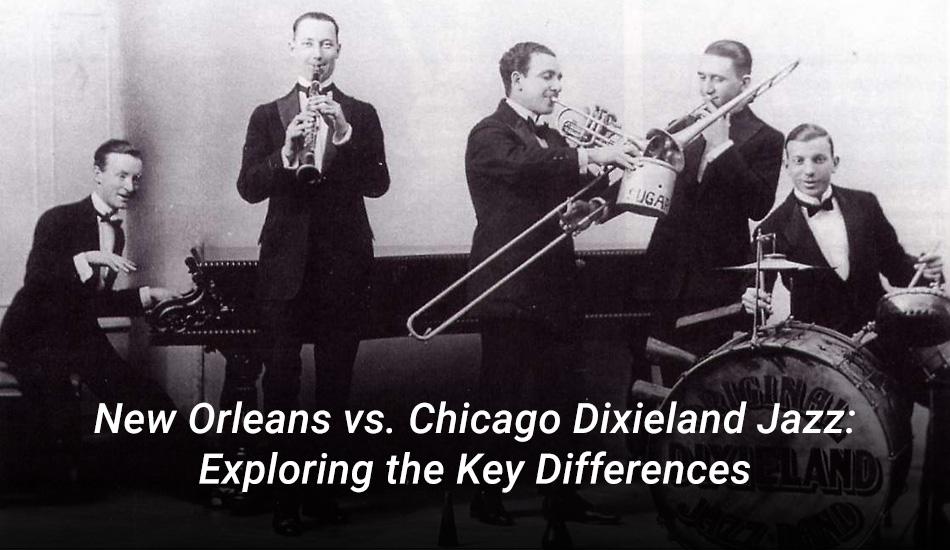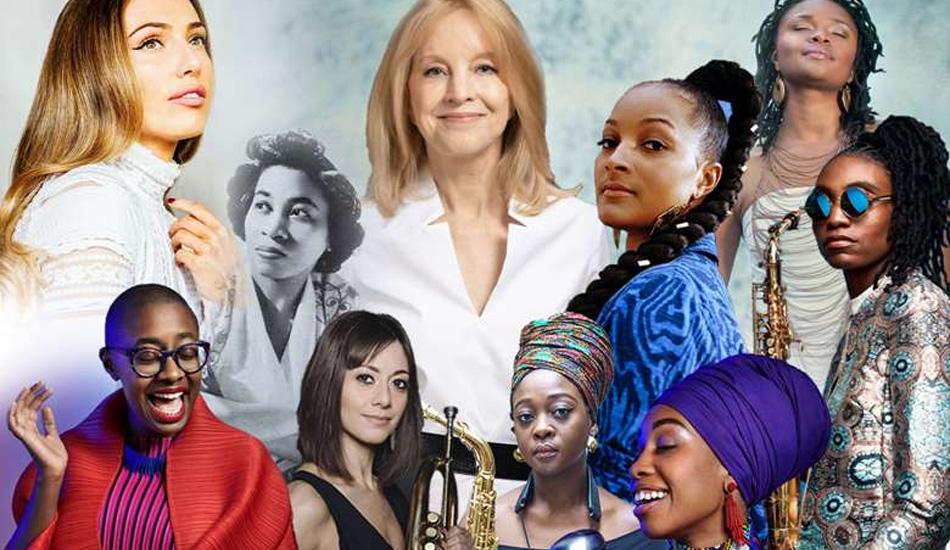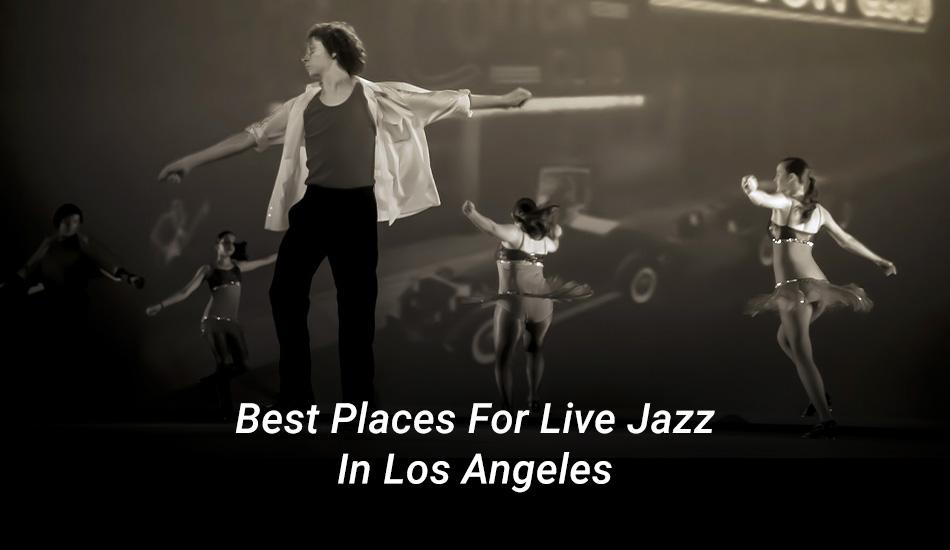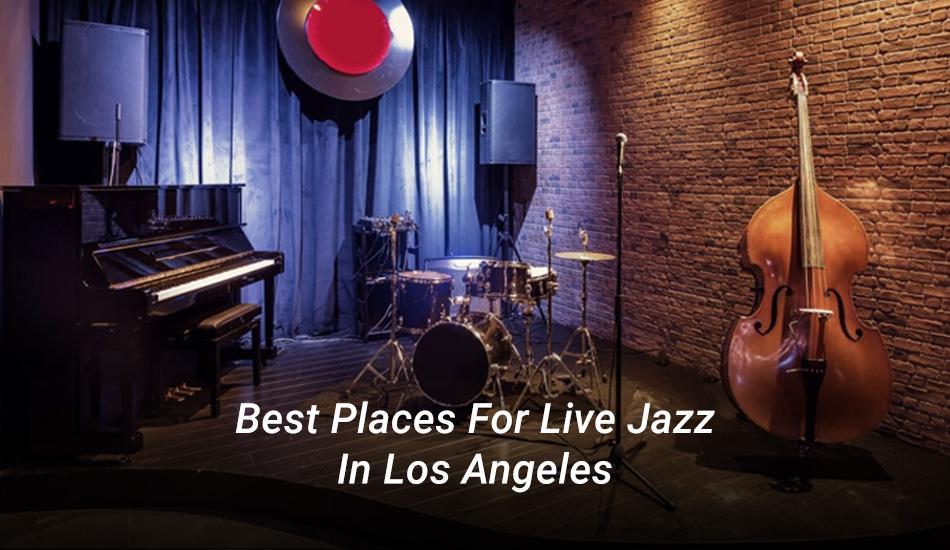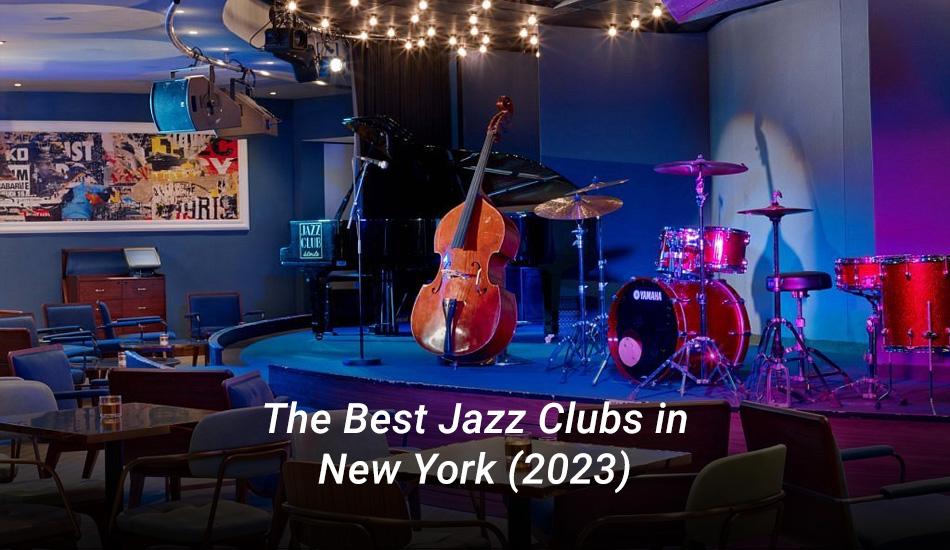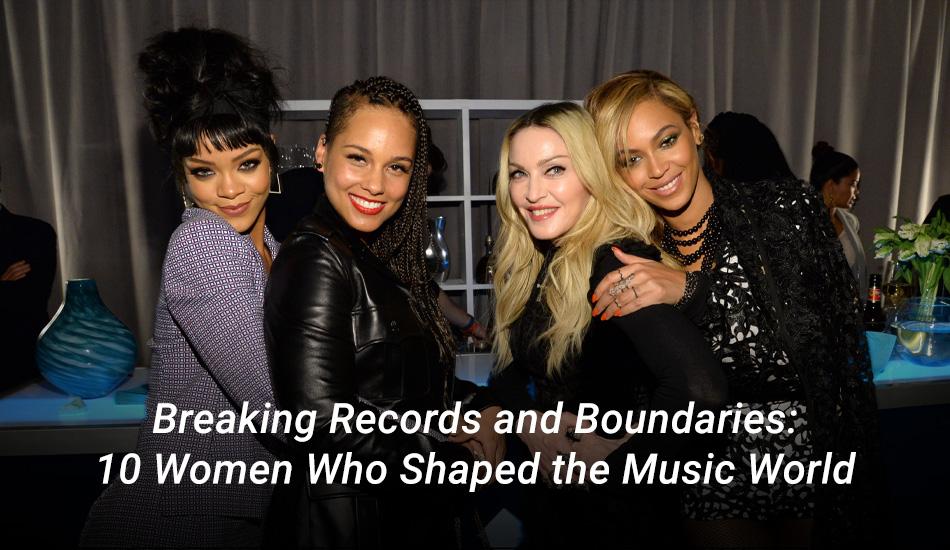
Breaking Records and Boundaries: 10 Women Who Shaped the Music World
Introduction
Music brings people together. Yet for years, women musicians were denied access and discriminated against in the industry. These trendsetters refused to be constrained, and their music continues to motivate generations of artists.
Aretha Franklin: The Queen of Soul
With a career spanning over half a century, Aretha Franklin earned her title as the undisputed Queen of Soul. She broke new ground as one of the first African-American women to find mainstream success in music, opening doors for future black female artists. Her commanding voice and emotional delivery on songs like “Respect” and “Natural Woman” made her an icon of soul and American music as a whole.
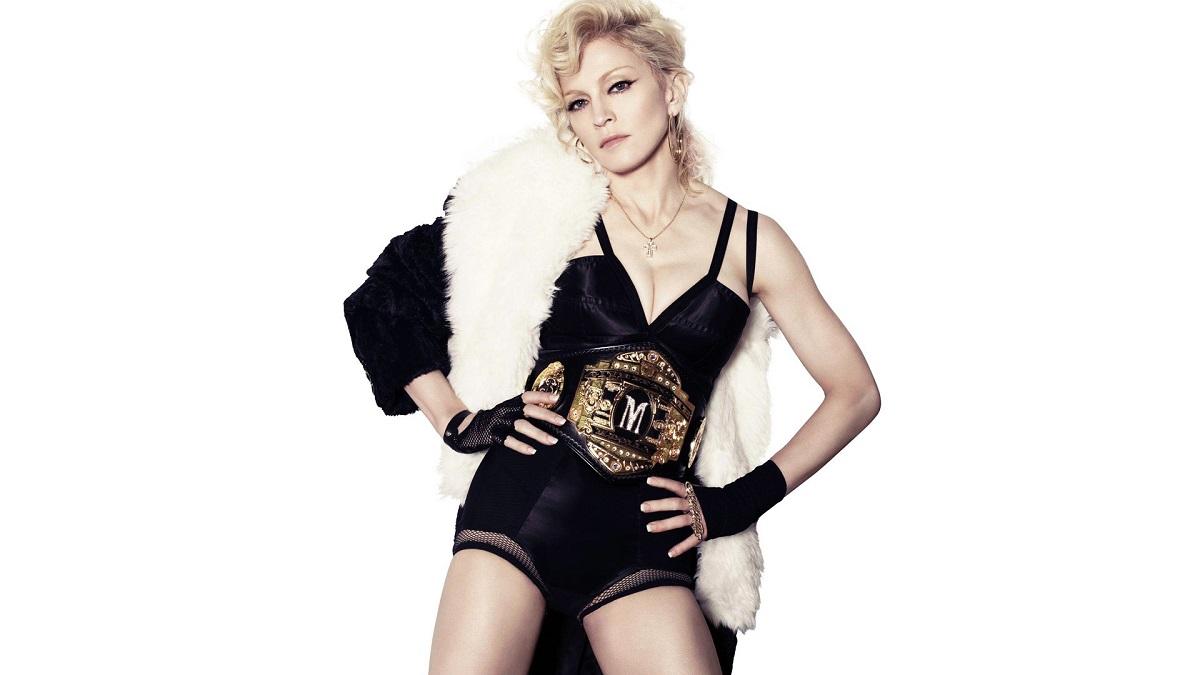
Madonna: The Material Girl Who Redefined Pop
No other woman in music has shaken things up quite like Madonna. She confronted conventions of sexuality and fashion in the industry with bold imagery and lyrics. Her constant improvements and chameleon-like ability to set trends redefined the pop music video art form. Hits like “Like a Virgin,” “Papa Don’t Preach,” and “Vogue” cemented her status as a pop culture legend.
Janet Jackson: The Pioneer of Contemporary Pop
As the youngest sister of Michael Jackson, Janet Jackson had a lot to prove. She went above and beyond, becoming one of the top-selling artists in history with her own unique sound and iconic music videos for songs like “Nasty” and “Rhythm Nation.” She took control of her music and dance moves in groundbreaking ways, fusing genres and pushing social limits.
Tina Turner: The Queen of Rock ‘n’ Roll
Tina Turner’s commanding vocals and electrifying stage presence earned her the title of Queen of Rock ‘n Roll. After escaping an abusive relationship, she made an unlikely yet triumphant comeback with hits like “What’s Love Got to Do With It?” She carved out a place for black women in the rock genre and inspired generations of artists.
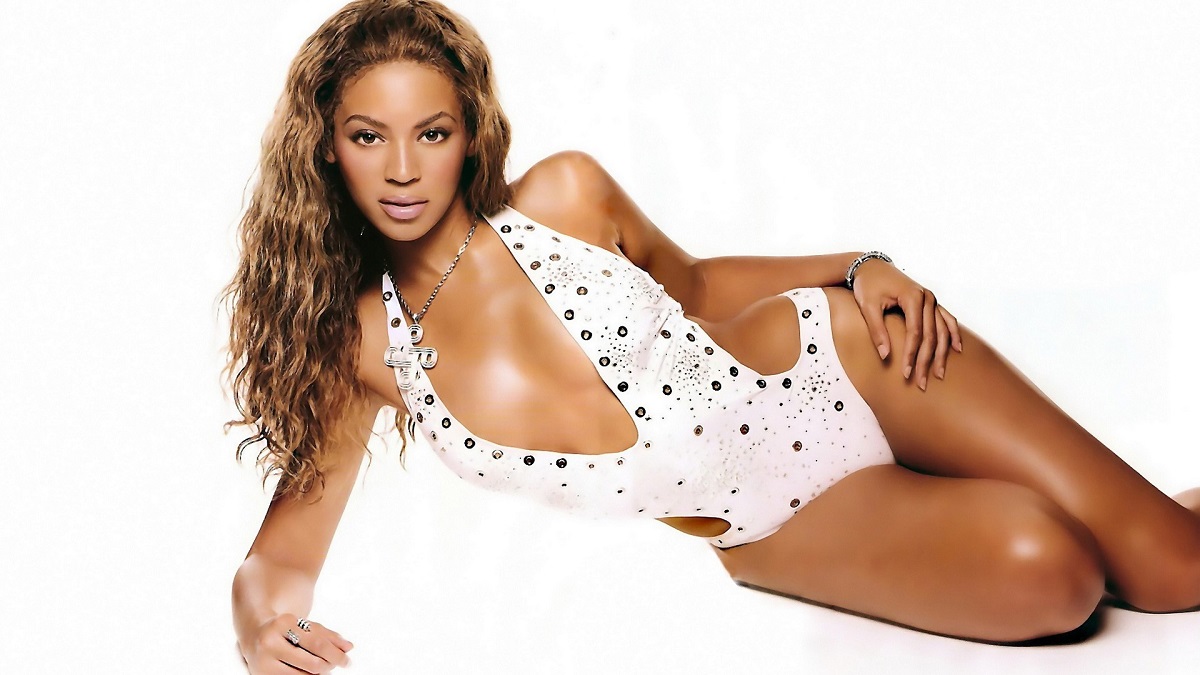
Beyoncé: The Modern Music Mogul
Beginning with Destiny’s Child, Beyoncé cemented herself as a global pop culture icon. She has taken creative control of her music, brand, and message, as seen in her visual albums like Lemonade. She shows the immense influence an African-American woman can have in the industry as a singer, performer, and businesswoman.
Lady Gaga: The Eccentric Artistry Icon
Never one to shy away from the outrageous, Lady Gaga brought her own unique brand of visual artistry and musical talent to redefine pop music. Hits like “Poker Face” and “Bad Romance” fused dance, fashion, performance art, and catchy songwriting. She demonstrated the power of inclusivity, individuality, and advocating for marginalized groups. best replica watch rolex datejust 41 steel and yellow gold fluted bezel jubilee 126333 slgrj gp rolex datejust mens 36mm 116233 csj stainless steel silver tone leaders https://www.pixelde.de/vorschau-auf-das-google-pixel-tablet-und-das-pixel-fold https://www.viewsapple.com/apples-gesundheitsambitionen-wachsen-weiter-mit-neuen-funktionen-fuer-die-apple-watch-airpods-und-vision-pro-geplant/ store https://www.barjuiceeliquid.co.uk/product/20mg-bar-juice-5000-nic-salts-10ml-40vg-60pg-000466 finding look at more info their full website
Nina Simone : The High Priestess of Soul
A classically trained pianist, Nina Simone fused genres and lent her commanding vocals to the Civil Rights Movement. Her soulful music articulated the African-American experience through profound songs like “Mississippi Goddam” and “Young, Gifted, and Black.” She cemented her place in history as a musical and cultural icon.
Whitney Houston: The Voice of an Era
With an unrivaled vocal range, Whitney Houston became one of the most successful pop stars ever. She broke records with enduring hits like “I Will Always Love You” and achieved mainstream fame as an African-American artist, shattering stereotypes. Her one-of-a-kind voice defined the sound of 80s and 90s pop.
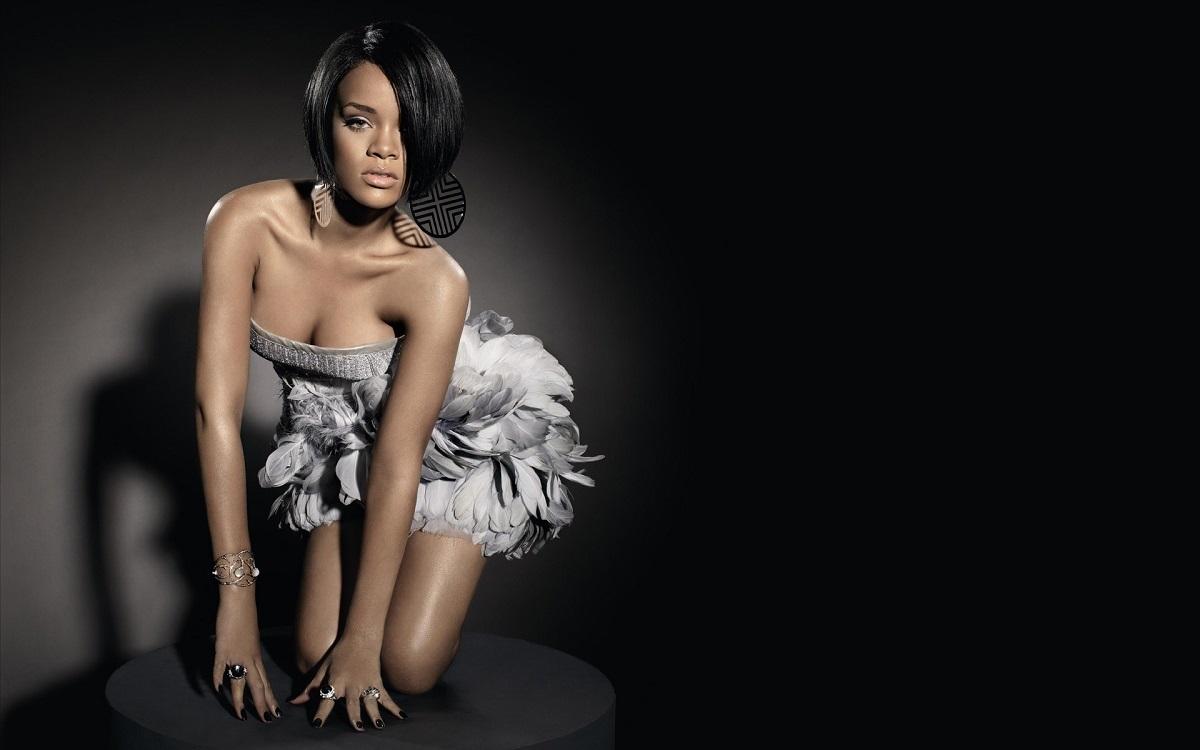
Rihanna: The International Music and Style Pioneer
Originally from Barbados, Rihanna skyrocketed to become a bestselling global phenomenon. Alongside chart-toppers like “Umbrella,” she built fashion and cosmetics powerhouses, cementing her as a cultural icon. She made her mark on 2000s music while expanding her influence beyond it.
Dolly Parton: The Beloved Country Pioneer
A cultural legend, Dolly Parton made country history as a singer, songwriter, performer, and giver. She embraced her roots with classics like “Jolene” and “9 to 5,” expanding the country’s audience. Her look, business sense, and charitable heart blazed trails for countless artists.
Conclusion
These iconic women conquered barriers in songwriting, performing, vocals, and sales. Their music and voices crossed divides of race,culture, and genre. They show how women’s passion and artistry can transform music history, despite industry roadblocks. Their influence continues with today’s powerful artists, like the best female jazz vocalist Ella Fitzgerald and women jazz singers in LA like Barbara Morrison. Music is more diverse and vibrant thanks to these pioneers, who opened doors for women musicians to thrive.

